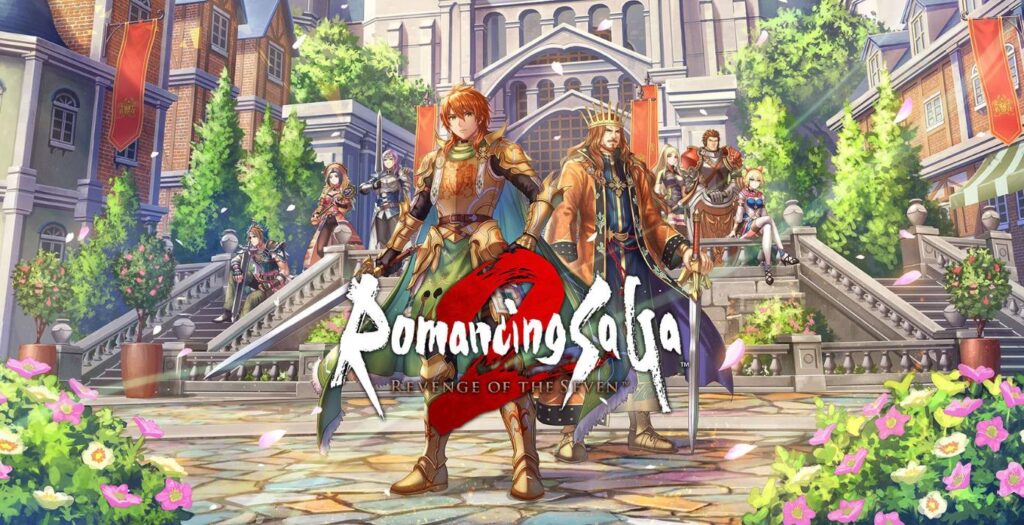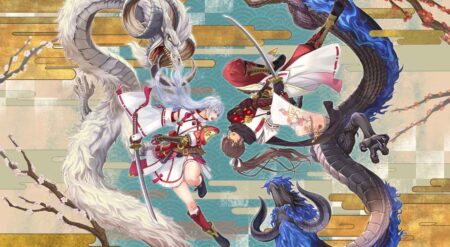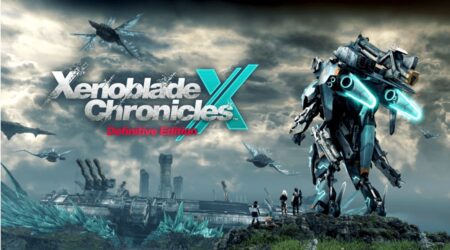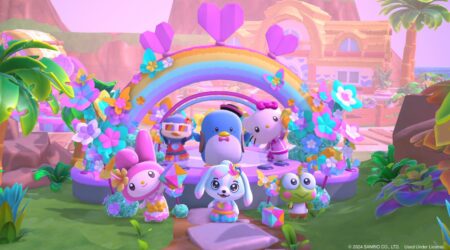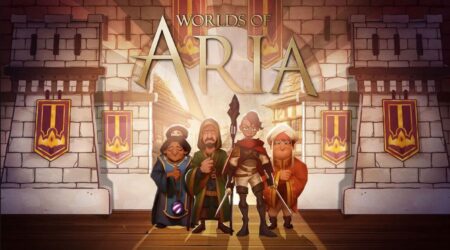2024 has already been an all-timer for RPGs, with Romancing SaGa 2 Revenge of the Seven joining the likes of Persona 3 Reload, Final Fantasy 7 Rebirth, and Metaphor ReFantazio. It’s a remake of the classic 1993 title, completely overhauling the graphics from 2D to 3D, reworking the battle system, and so much more. It’s a fantastic and tight experience, with a compelling story filled with branching choices and excellent and snappy combat. It shouldn’t be missed.
Romancing SaGa 2: Revenge of the Seven tells an incredibly ambitious story. It starts in Avalon, the capital city of the Varennes Empire, before spinning out across the globe. It follows the ruler of Avalon on their campaign against the Seven Heroes, warriors of legend that have returned corrupted and are attacking the nation. It’s a massive and complicated undertaking, as the heroes are initially outmatched by the great heroes from the past. Here, the first emperor, Leon, learns about inheritance magic, passing on his memories and abilities to his son Gerard, hoping that his son will do what he failed to.
For most RPGs, this is where the story would take off, following Gerard as he slowly picks up new warriors across an epic journey. Romancing SaGa 2 does something entirely different, with Gerard having a full party instantly, then perishing just a few hours into the game as time leaps forward. The fight against the Seven Heroes becomes a generational battle, as each ruler adds on experience and new abilities to the new emperor that follows. The inheritance magic allows the Emperor to stand a chance against their foes, working across time. It’s reminiscent of a lot of Deku’s All For One in My Hero Academia, as hope fringes on the culmination of power rather than solitary might.
Players pick a new Emperor to take over as multiple times throughout the story, as time moves on and the current Emperor dies naturally or is killed in battle. Every time they die, they pass their abilities and memories forward. You pick a neselection is done across multiple possible choices, each with different core moves and traits. For example, my first Emperor was a close-quarters fighter, focused on swords and light magic. The one that followed, however, was a mage, more focused on magic but having the abilities from the previous Emperor if needed.
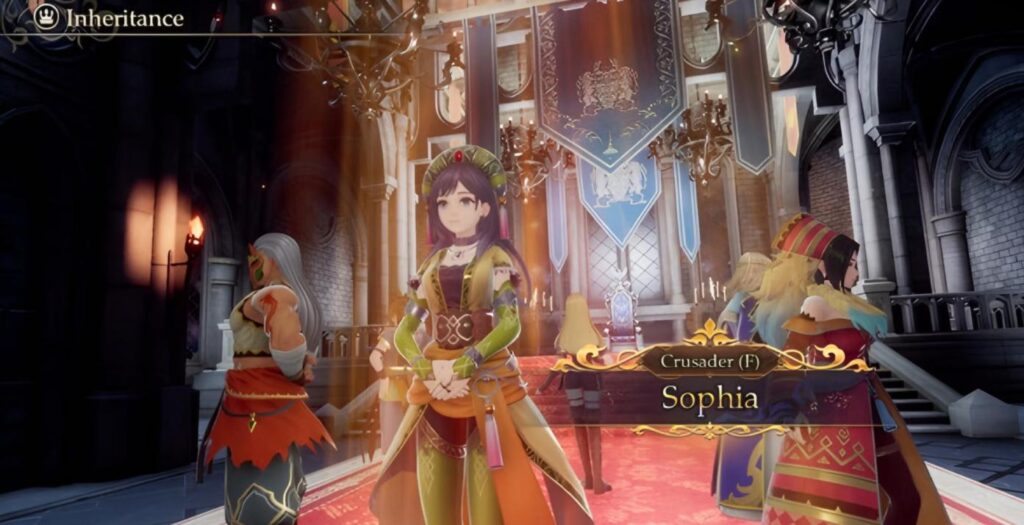
The rest of the party is not immune to time or death either. Choosing new retinues makes the party constantly feel fresh. You can rebuild with similar characters to the ones from your previous outfit, but you can also go in completely new directions. You can still move past party members’ abilities forward, so it helps to have a well-rounded company that can adapt to any enemy or situation. It’s an incredibly fluid system that focuses more on the bigger picture than the characters themselves.
For some, this will be a negative point. It did feel strange at first, as the characters come and go, and you never really feel any attachment to them as individuals. RPGs tend to have memorable casts with big personalities, but Romancing SaGa 2 chooses to emphasize its world and branching narrative pieces. The party is a group of combatants working towards a common goal in serving their Emperor and defeating their foes, nothing more, nothing less.
The overall narrative, though, is excellent. It’s full of twists and turns, and while some are obvious, they’re no less engaging because of the sheer number of events that happen. The pacing is quick, moving the player through time and events rapidly. It’s entirely engaging and doesn’t let go. What’s surprising in that breakneck speed is the freedom players have to make choices within it. Early on, the Emperor is tasked with attacking a castle taken over by monsters. You could head straight there and fight your way through, with this being the path of most resistance and fighting. For players who prefer this approach, it’s entirely viable.
You could also take time to explore, find, and recruit new allies. Tracking down the Thieves Guild in the capital and helping them with their issues allows one of them to come with you to the castle. They scout ahead and mark the critical path through, along with starting deep inside due to a secret passage they find. The world is as important as the goals. Choosing to interact with the world around you can lead to new options. These side missions are interesting and offer insight into the greater world. They’re almost always interesting while also providing new equipment or comrades.
Your choices permeate throughout Romancing SaGa 2. Choosing to engage with the side content can also come at the cost of time, as time can continue to pass while you do so. This passage of time is incredibly important, leaving seemingly important missions for later can affect their outcome entirely. Spending too much time can lead to the Emperor’s death, a time jump, and an area that the player was supposed to liberate having fallen to enemy hands. On top of that, players make choices within the missions as well. Does the Emperor lie or tell the truth? Do they opt to rush in headlong or sneak? Romancing SaGa 2 succeeds entirely in making every choice important.
Combat, similarly, is just as quick and electric. While the original game had a traditional turn-based system, the remake follows a timeline-based approach. Characters have different attributes that can make them move faster in turn order. Turns can be delayed or skipped through status effects. The Emperor and their compatriots all have different classes, ranging from ranger, thief, and mage, with over 30 to choose from. Enemies have different weaknesses that can be exploited for more damage and fill an overdrive meter. Once it’s full, characters can team up to deal even more damage. It’s a really fun system that encourages players to use different party members across different classes.
The way Romancing SaGa 2 handles experience and leveling is also outside of the norm. Characters don’t just gain experience to level up; rather, they level up their HP, BP, and the weapons used in combat. When choosing an attack and weapon to use, there may be a lightbulb beside it. Using that attack enough with the lightbulb present may trigger the character to learn a new move. It makes it feel like the character is genuinely getting better with experience rather than arbitrary experience fueling the overall growth.
Formations are one of the major mechanics which makes spacing is also incredibly important. Players pick where to slot the party. Putting players further up means they deal more melee damage but also take more damage, making the front the perfect place for tankier characters. The middle can be harder to target by enemies, while the backline is even harder, which also reduces speed. You start with two formations and unlock more at the Training Hall as the game progresses.
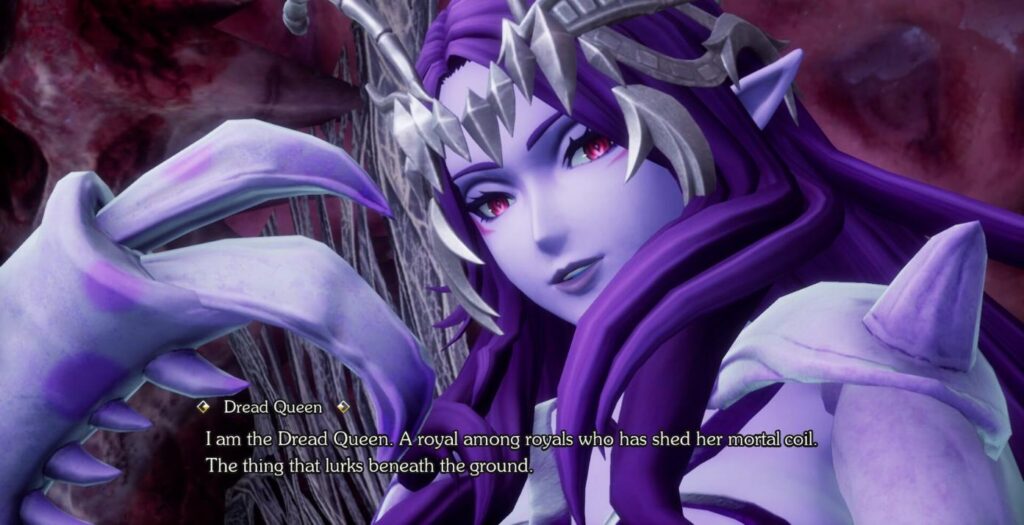
The formation system is really cool, as different formations benefit different parties. A formation more focused on front-line offense may be the right call for a party that’s stacked with melee warriors. Consequently, a more balanced formation with more characters in the middle and back lines can favor parties with more mages or rangers. Finding the right party and formation is exciting, along with experimenting when new characters and formations are unlocked.
Romancing SaGa 2 heals the entire party after every battle, adding an interesting layer to combat. However, stronger attacks and magic use BP, which isn’t replenished. Because of the guaranteed healing after a fight, it opens up different play styles that may not be found in other RPGs. Knowing that no magic and items need to be used to recoup losses can push the player to attack more aggressively, resting on replenishing health afterward.
The counterbalance to all that is the LP system, as each character has a finite number of times they can die. Being aggressive can totally work, but if a character dies enough times, they’re dead for good. Making the choice to be that aggressive is full of consequences if done improperly since it’s different from losing a character you invested time into.
Graphically, Romancing SaGa 2 isn’t perfect on Switch. When everything clicks, it looks gorgeous, with an almost fairytale-like charm in its presentation. The bright color palette is used effectively, making each area a joy. The issues, though, are present and frequent. Textures can look bland and basic, mostly popping in a second or more after scene transition. There are also frame rate issues in bigger areas. While they were infrequent and usually stabilized, they were present. Those issues aside, the game is fantastic in handheld mode and feels right at home on the Switch.
Romancing SaGa 2: Revenge of the Seven is a spectacular RPG. Its story is massive and expansive, leaping across time frequently. The combat is tight and satisfying, with plenty of freedom for exploration. Most impressively, it nails choice across its story and gameplay, as each player’s move feels important. While there are some graphics and performance issues, the rest of the package holds up more than enough. Romancing SaGa 2: Revenge of the Seven is one of the best RPGs of 2024 and should not be missed.
Romancing SaGa 2: Revenge of the Seven releases on October 24, on Nintendo Switch, PS4, PS5, and PC.
-
Rating - 9/109/10
TL;DR
Romancing SaGa 2: Revenge of the Seven is a spectacular RPG. Its story is massive and expansive, leaping across time frequently. The combat is tight and satisfying, with plenty of freedom for exploration.. Romancing SaGa 2: Revenge of the Seven is one of the best RPGs of 2024 and should not be missed.

